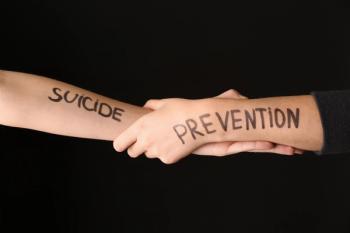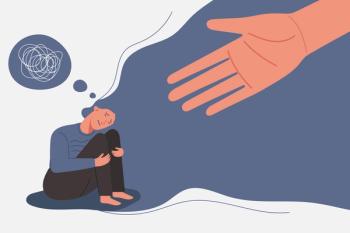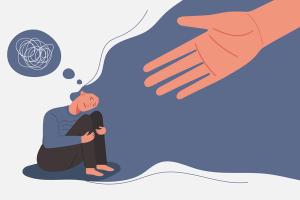
"The death rate among youth aged 10 to 24 years increased 52.2% from 6.9 per 100,000 in 2001 to 10.5 per 100,000 in 2020."

"The death rate among youth aged 10 to 24 years increased 52.2% from 6.9 per 100,000 in 2001 to 10.5 per 100,000 in 2020."

With a broader and multifaceted understanding of pain, patient care can move from a focus on eradicating pain, as based on objective pain scores, to improving the patient’s quality of life, while simultaneously decreasing pain to a level that is acceptable to the individual patient.

The authors share evidence-based guidance for patient safety that minimizes suicide risk in medical settings.

A 19-year-old new patient comes to you wanting to discontinue all his childhood psychiatric medications. What is the best next step?

Who is responsible for treating the adolescent and young adult with psychiatric issues -- and when and how should transitions in care occur?

Understanding pediatric psychopharmacology in the context of medical illness.

In 2007, cancer was diagnosed in 10,400 children and adolescents under the age of 15 years.1 While cancer remains the second leading cause of death in children, increasing numbers of children with cancer are surviving into adulthood.2 Over the past 30 years, 5-year survival rates for children with cancer have significantly improved, from 59% in 1975 to 1977 to 80% in 1996 to 2004.3 Pediatric cancer, increasingly considered a chronic rather than an acute condition, is an intense emotional and physical experience for patients and their families.4

Pediatric psychosomatic research shows that emotional, behavioral, and psychiatric symptoms are found more often in children and adolescents with chronic illnesses than in healthy children.

Published: June 15th 2021 | Updated:

Published: December 30th 2015 | Updated:

Published: October 10th 2009 | Updated:

Published: May 1st 2006 | Updated:

Published: December 9th 2011 | Updated:

Published: March 3rd 2016 | Updated: